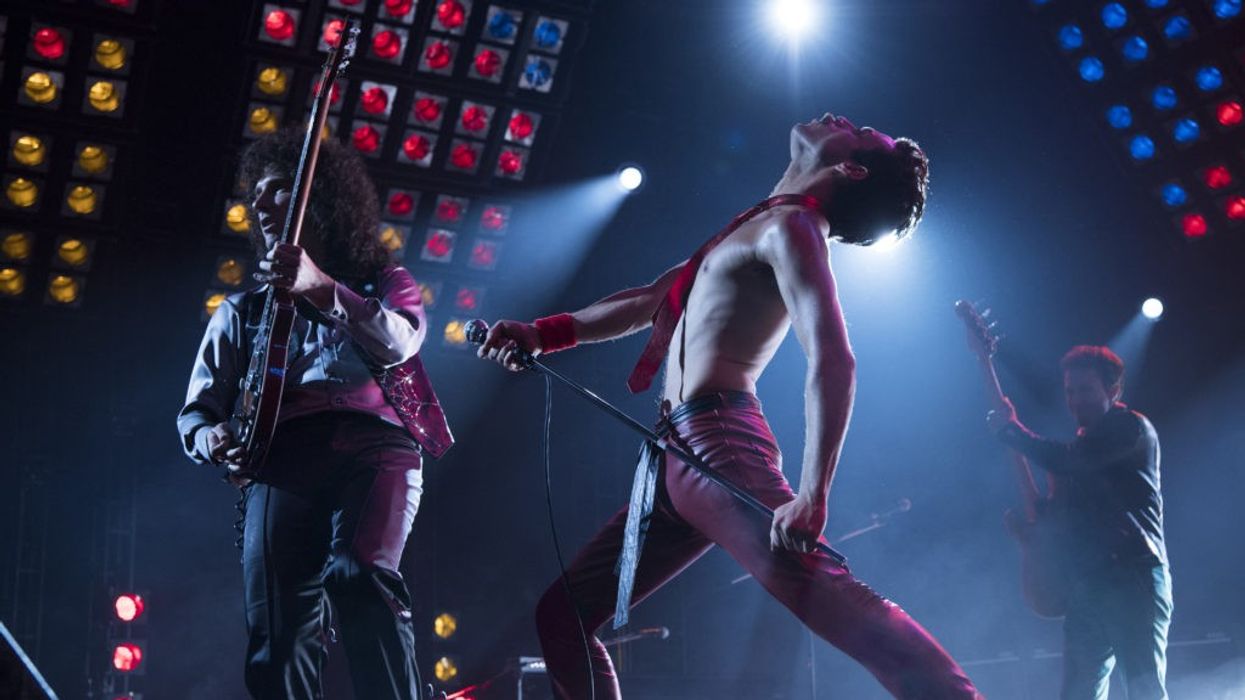Negative Fill: One Lighting Technique All Cinematographers Should Know
Knowing where to put light is important, but so is knowing where NOT to put light.

Learning where and how to light a scene is essential in cinematography—I mean, many DPs have waxed poetic about how that's all it is—but that's only half of the equation; you also need to learn where and how to "unlight" a scene. What the hell am I talking about? Well, in this video, Aputure's Ted Sim goes over a key lighting technique that addresses this called negative fill that will help you capture more powerfully dramatic images. Check it out below:
Here's the thing about lighting a scene: you set up your lights, you turn them on, and everything looks as you expect it to look, kind of. The one thing many beginner cinematographers don't account for is the presence of reflected light and how it can greatly impact the look of your scene. Reflected light is everywhere and comes from almost every surface. You turn on your lights in a white room—boom—so much reflected light you won't even know what hit you. All of a sudden, the image you were trying to create is brighter, has less contrast, and few dramatic shadows, the very look you might've been going for.
So, what do you do? How do you control reflected light that goes rogue on you? That's where negative fill comes in handy. You can throw up any dark, heavy material that is good at soaking up light, like duvetyne, flags, or even just a heavy, black or dark-colored matte blanket, to remove excess light. You can even go as far as shooting your outdoor scenes behind large obstacles, like buildings or trucks, to block harsh noonday sunlight, or set your subjects underneath a tree, tunnel, or umbrella to avoid bounced light from pavement and concrete.
Keep this in mind when scouting your locations, too. If a certain space you have your eye on has lots of white walls and shiny floors, you'd better make sure that you bring plenty of materials and gear to use for negative fill, because if you don't, you'll have to either settle for a shot that has less contrast or try with great futility to wrangle all the bounced light.
Source: Aputure











